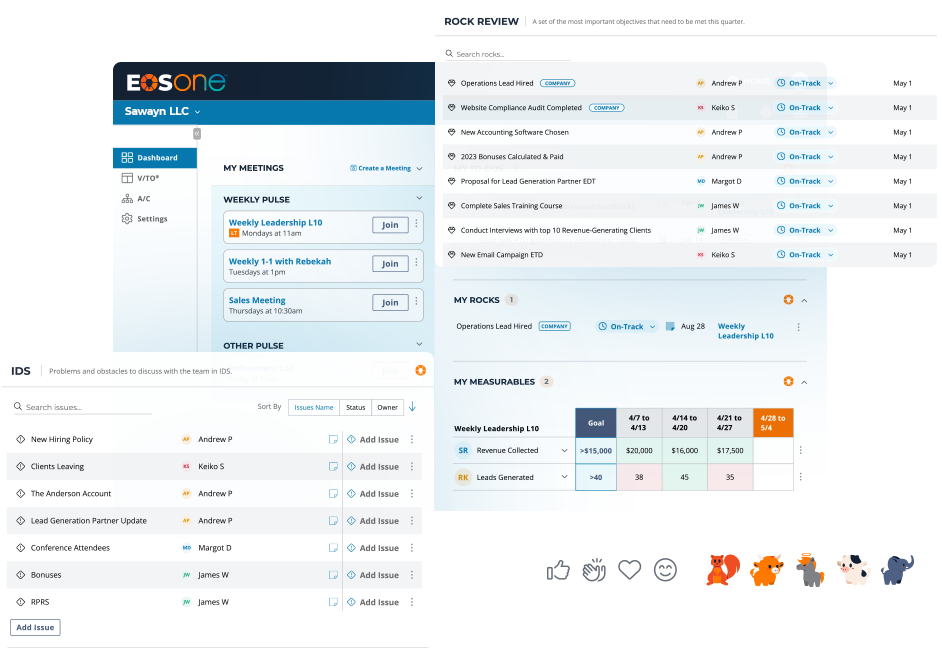We’ve all faced situations that seem impossible to solve. It could be a health challenge, a personal relationship, or a business problem. What if the seemingly impossible were possible?
If you’re over 40 years old, you remember when telephones were attached to the wall. The cell phone was a disruptive technology that made what seemed impossible possible — making a call from almost anywhere to almost anywhere else without a cord or cable attached to your phone.
Sometimes technology makes what seems impossible possible. Sometimes it’s creative thinking — letting go of all you know and using a different approach. And sometimes it’s a combination of the two. Below are four examples of making what used to be impossible possible.
Transforming poop into food. Yes, really! Don’t be grossed out yet. … microTERRA, a 2019 Techstars Sustainability Accelerator in partnership with The Nature Conservancy (Techstars Sustainability) company, is developing an exciting technology! It filters farm runoff — including pee, poop and fertilizer — through a system of microalgae that consumes it and the microalgae grows into a healthy protein food source for farmed animals and fish. It’s being used initially with fish farms in Mexico, microTERRA’s treatment system is environmental perfection!
Converting waste into biodegradable plastic. Plastics have become one of our most critical environmental problems — just ask the fish, turtles, whales and other ocean life. Current projections are that by 2050, the ratio of plastic to fish in our oceans will be 1-to-1. mobius, also a 2019 Techstars Sustainability Accelerator company, uses chemistry and biology to transform waste from food, forestry and agriculture into a biodegradable plastic. The initial product converts lignin, a byproduct from paper mills, into a plastic material that can be molded to replace almost any plastic product currently being produced (such as the large pots that flowers and trees come in). When the mobius biodegradable product is no longer needed, it completely decomposes into water, compost and CO2.
Turning around a slumping professional sports team in two weeks. When I was a high-performance sport psychology consultant, a professional soccer coach asked, “Can you help me turn this team around in two weeks”? I actually laughed (not exactly a politically correct move); they had been in a slump most of the season. Recognizing that this wasn’t solvable based on our allotted few hours a week for two weeks, my colleague Sandra Gaskill and I meditated on an answer while sitting back-to-back in the players’ locker room as they practiced outside.
Realizing that the players wouldn’t trust us, we identified and worked with the five most-trusted players to facilitate a players-only meeting. In that gathering, the five players created a safe environment, and the team identified several major demotivating issues between the coaches and players.
We then shared the issues with the coaches, who were surprised and grateful. The next day in practice, the coaches implemented solutions, and what followed seemed impossible: Everyone on the team started playing with a fire in their belly, and the team made the playoffs. See the full article here.
Solving a third-world country’s malnutrition in six months with little budget. In the 1990s, Jerry and Monique Sternin, staff members with the nonprofit Save the Children, had six months to demonstrate significant progress in decreasing malnutrition in Vietnamese children. Using an amplifying positive deviant model,* they initiated a program in Vietnam, where at the time approximately 50% of the children were malnourished. The Sternins not only decreased malnutrition in the initial four villages they worked with by 65% to 85%, but they also implemented the concept in 20 countries and have now rehabilitated tens of thousands of malnourished children. Click here for the complete article.
The belief that makes what seems impossible possible. These examples represent challenges that initially seemed impossible to solve. The solutions reflect a belief system that most highly successful, creative entrepreneurs and other leaders have: “We can find a way, even if we don’t have a freaking clue today!” It’s a mindset ripe for creative solutions.
Are you ready to make what seems impossible possible in your life?
* A positive deviant is an individual or group that is uncommonly successful compared with their peers when facing the same challenge and having the same resources.



